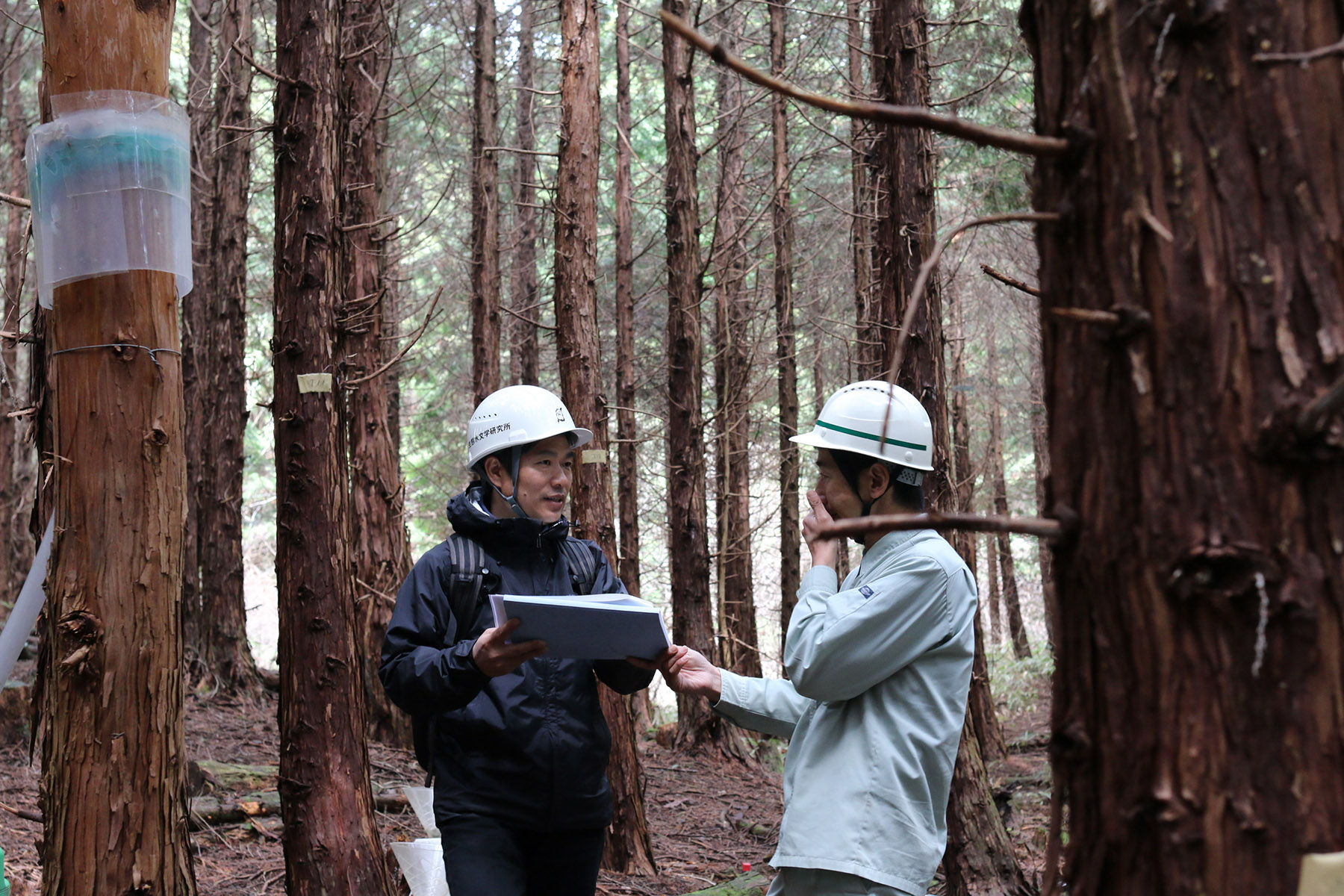From China to Stillwater, Oklahoma
Wednesday, May 31, 2017

Sichuan Province, China, is home to the giant panda, hot and spicy Szechuan cuisine and nearly 90 million people. One of those people is Chris Zou, an associate professor in Oklahoma State University’s Department of Natural Resource Ecology and Management.
Zou has dedicated his professional life to ecohydrology, which is a big word for studying the interactions between water and ecosystems. Strangely enough, if it weren’t for giant pandas, or the lack thereof, Zou may be in a different field all together.
“With a bachelor’s degree in biology and then a master’s degree in ecology, I choose to work on a project to rehabilitate and restore the habitats for giant panda,” Zou said. “The loss of giant panda habitats was a direct result of human encroachment into the wilderness and the large-scale deforestation, but deforestation affected more than just giant panda.”
After an entire year of planting arrow bamboos to restore the habitat, Zou had yet to even see a giant panda.

“That made the decision to switch my focus to water relatively easy,” he said. “In the early 90s, I started to become concerned and shifted my research to the impact of ecosystem alteration, such as deforestation in the headwater of streams and rivers affecting river flow and sedimentation.”
Zou is a bit of a pioneer in the ecohydrology world, as that term didn’t even exist when he began looking into the human encroachment/water flow issue. But, he has made a career out of it anyways.
He worked as a postdoc in the Texas A&M University Department of Ecosystem Science and Management after earning his Ph.D. from the School of Forestry at the University of Canterbury in New Zealand. From there, he went to the University of Arizona in the Ecohydrology and Watershed Program before joining the OSU family in 2008.
“My diverse education background and research experience of working under different climate and ecosystems helped me to appreciate and reinforce the diversities both in natural and human dimensions in an academic setting,” Zou said. “This appreciation enriches my instruction efficiency and increases my flexibility in pursuing collaborative research funding under the very competitive environment.”
Zou runs a lab at OSU, which is currently working on two National Science Foundation-funded projects and another funded by the U.S. Department of Agriculture, National Institute of Food and Agriculture. The USDA project primarily centers on evaluating land management options in rangelands with invasive or encroaching woody species and its impact on water resources in the central Great Plains.
“Dr. Zou has been working with a team of scientists from several universities including OSU to model effects of woody plant invasions on water yields on grasslands. This is definitive data published in top tier journals and will be used by agencies and other stakeholders for water management planning,” said Jim Ansley, NREM department head. “The models are important because they will allow managers to plan under various soil and weather conditions. We in NREM are very excited about this important work.”
